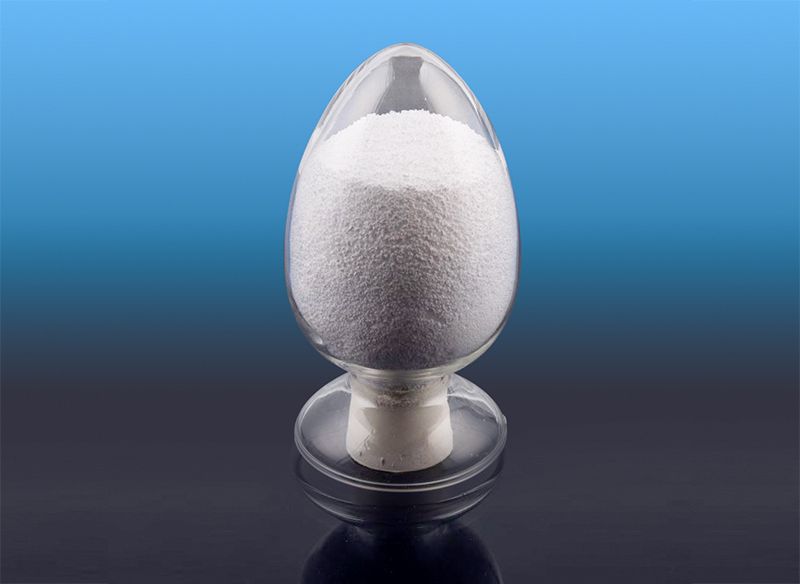What are the environmental impacts of producing hydrogenated isoprene polymers?
The production of hydrogenated isoprene polymers, like many industrial processes, has several environmental impacts. These impacts arise from various stages of production, including raw material extraction, chemical processing, energy consumption, emissions, and waste generation. Here are the key environmental impacts associated with producing hydrogenated isoprene polymers:
Raw Material Extraction and Processing
Resource Depletion:
The production of isoprene monomers, the precursor to isoprene polymers, often relies on petroleum-based resources. The extraction and processing of these fossil fuels contribute to resource depletion.
Energy Consumption:
Significant energy is required to extract and process raw materials. This energy consumption contributes to greenhouse gas emissions and climate change.
Chemical Processing
Emissions of Volatile Organic Compounds (VOCs):
The polymerization and hydrogenation processes can release VOCs, which contribute to air pollution and the formation of ground-level ozone.
Greenhouse Gas Emissions:
The production process may involve the release of greenhouse gases such as carbon dioxide (CO2) and methane (CH4), contributing to global warming.
Chemical Waste:
By-products and waste chemicals generated during the synthesis and hydrogenation processes can pose disposal and environmental challenges.
Energy Consumption
High Energy Demand:
Hydrogenation is an energy-intensive process, requiring high temperatures and pressures. The energy used often comes from fossil fuels, further contributing to carbon emissions.
Water Usage and Pollution
Water Consumption:
Large quantities of water may be required for cooling, washing, and processing, which can strain local water resources.
Water Pollution:
Wastewater generated during production may contain harmful chemicals and pollutants. If not properly treated, this wastewater can contaminate local water bodies.
Waste Management
Solid Waste Generation:
The production process can generate solid waste, including spent catalysts, filtration residues, and packaging materials. Proper disposal and recycling are necessary to minimize environmental impact.
Hazardous Waste:
Some by-products and waste materials from the production process may be classified as hazardous, requiring careful handling and disposal to prevent environmental contamination.
Lifecycle Considerations
End-of-Life Disposal:
Hydrogenated isoprene polymers, like many synthetic polymers, are not biodegradable. Their disposal at the end of their lifecycle can contribute to plastic pollution if not properly managed.

Recycling Challenges:
Recycling hydrogenated isoprene polymers can be difficult due to the chemical stability and cross-linked nature of the material. Limited recycling options can exacerbate waste management issues.
Mitigation Strategies
To address and mitigate these environmental impacts, several strategies can be employed:
Sustainable Raw Materials:
Using bio-based feedstocks or renewable resources for isoprene production can reduce dependence on fossil fuels and lower the carbon footprint.
Energy Efficiency:
Implementing energy-efficient technologies and processes can reduce the overall energy consumption and associated emissions.
Emission Controls:
Installing advanced emission control systems can help capture and reduce VOCs and greenhouse gases released during production.
Wastewater Treatment:
Effective wastewater treatment processes are essential to remove contaminants and prevent water pollution.
Recycling and Reuse:
Developing recycling technologies and encouraging the reuse of hydrogenated isoprene polymers can minimize waste and reduce the environmental burden.
Green Chemistry:
Employing green chemistry principles to design safer, more sustainable chemical processes can reduce hazardous waste generation and environmental impact.
By understanding and addressing these environmental impacts, the production of hydrogenated isoprene polymers can become more sustainable, reducing its footprint on the environment while still meeting industrial and consumer needs.





